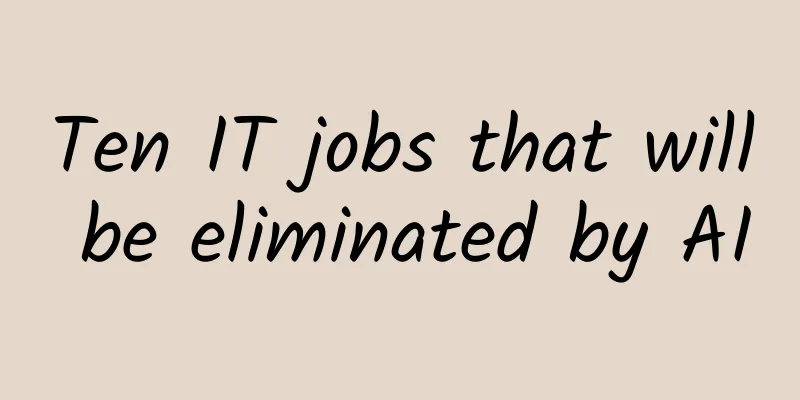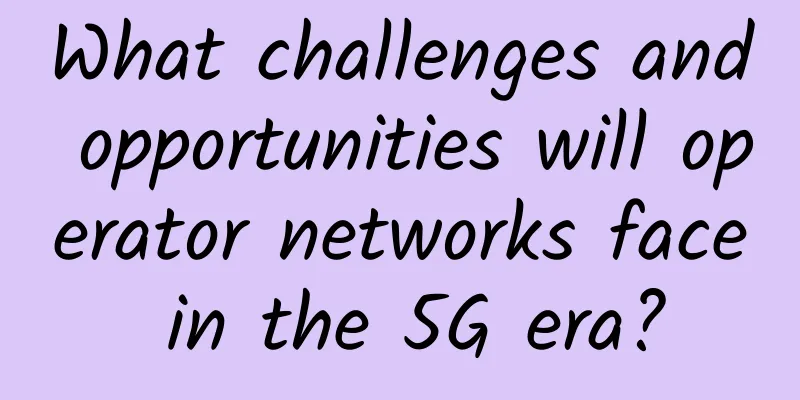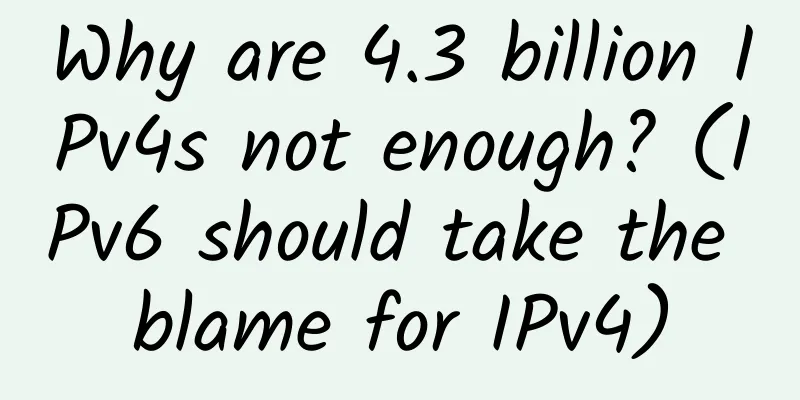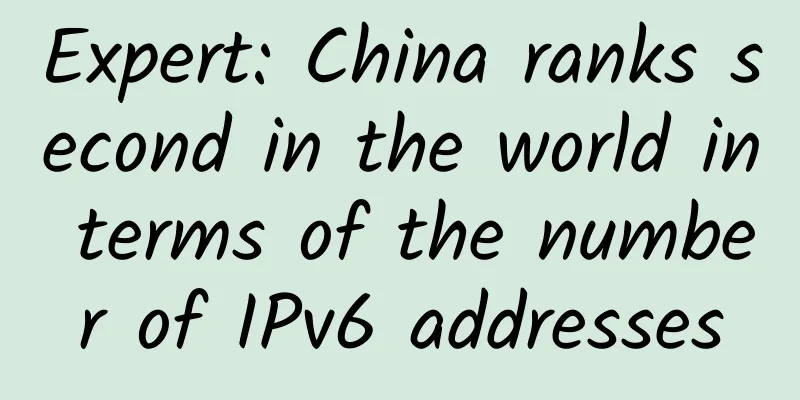What is 6G and when will it be launched?

|
Is this what comes after 5G? Since 5G networks are still being deployed around the world, and many parts of the world are still using 4G or even 3G networks, it seems a bit premature to talk about 6G now. However, technology always moves forward, and standards take a long time to mature, so we are always on the path to a 6G world. You could even say that the concept of 6G, in the early development of 5G, simply shows how quickly the technology is moving forward. We have already gone from 1G to 5G in a relatively short period of time, so 6G is just a natural progression towards faster and better wireless connections.
While 6G makes sense as a successor to 5G, it may never actually be called “6G.” If it’s not called 5G enhanced or 5G premium, maybe one day we might stop using all the numbers and names and just say we’re connected. Eventually, whether it’s 6G, 7G, or another “G,” we’ll be so fast that there won’t be progress bars or wait times for any normal amount of data. Everything will be available at our fingertips…immediately, and we won’t need to keep making up new terms to describe it. When will 6G be launched? It’s been a decade since a new mobile network standard has gained traction, which means 6G networks could be launched sometime around 2030, or at least by that time most telecom companies will be conducting 6G trials and we’ll see phone manufacturers touting 6G-capable phones. Of course, progress doesn’t start or end overnight. For the same reasons that 5G will be slow to roll out, 6G networks may not arrive as quickly as we’d like. There are frequency bands to discuss, spectrum licenses to buy, and regulations to deal with. Although 6G is only 10 years away, few telecom companies are really taking it seriously at the moment, but as we discover the shortcomings of 5G, 6G experiments are expected to really enter a climax. 6G will improve the inevitable weaknesses and limitations of 5G, so I believe it won’t take long to decide what to do next. The US Federal Communications Commission has taken the first step toward opening up the terahertz spectrum (frequencies between 95 GHz and 3 THz), saying it will “accelerate the deployment of new services in spectrum above 95 GHz.” Virginia Tech and companies such as Samsung and LG have begun research on 6G. 6G Advantages Any connection you use today will be greatly improved on a 6G network. We are already destined to have more powerful virtual reality (VR) and augmented reality (AR) systems with 5G, as well as connected smart cities and farms, artificial intelligence at our fingertips, smart robots in factories, car-to-car communications, the Internet of Everything, and more. 6G will continue to support all of these areas while providing more bandwidth, which will ultimately expand innovation further, perhaps even to areas we have not yet set foot in or even considered. 5G is so powerful in large part because of its low latency of about 4 milliseconds, but 6G networks are likely to reduce latency even further, perhaps to the point of zero latency. (Source: iothome) The start time for movies, TV shows, and games will be limited to the time it takes for the screen to turn on, and video calls can be as clear as if you were standing in front of the other person. As we have seen in the past with 3G and 4G, as network capacity increases, its applications will also increase. This will have the amazing effect that new products and services can be built to take full advantage of 6G's bandwidth and other improved features. The difference between 5G and 6G Speed and latency will be the most obvious differences between 6G and 5G. This is also the difference in performance between 5G and 4G, so we can also expect 6G to be many times faster than 5G. How fast will 6G be? It's unclear at this point, but even with the first iteration of 5G, we're seeing daily speeds of up to 1 Gbps. 6G will absolutely exceed that, but exactly how much is still a question. We might be looking at speeds in the hundreds of Gigabits per second, or even in the terabyte range. How much faster 6G will be than 5G is still unknown, but we can assume that it will involve the use of ultra-high frequencies (millimeter waves) of radio frequencies. The bandwidth capacity of 5G lies in its use of high radio frequencies, and the higher the radio frequencies, the more data can be transmitted. 6G may eventually approach the upper limit of radio frequencies and reach extremely high frequency levels in the 300 GHz or even terahertz range. However, just as we are seeing today with 5G networks being extremely localized due to the inherent limitations of mmWave, the same problem will arise with 6G networks. For example, terahertz radiation has a range of about 10 meters, which is too short for effective coverage with 6G. Maybe by 2030 we’ll have developed new ways to amplify signals far enough to avoid building thousands of new 6G towers, or maybe we’ll have found better ways to transmit large amounts of data. Do we really need 6G? The goal of 5G is to make it easier for people to access the internet and improve everything from entertainment to healthcare. Are there areas where there's room for improvement beyond 5G — and therefore the need for something better like 6G — the answer is yes. However, while it might be fun to imagine a new era where 5G is considered slow and 6G powers the world, if 5G succeeds, we may never need to build new next-generation networks. As long as manufacturers, regulators, and telecom companies continue to improve 5G, the concept of 6G can be avoided. If all the flaws of 5G can be continuously solved, then new products can continue to flow into the market to take advantage of the ever-changing and evolving new technologies. |
<<: The difficulty of operation and maintenance has reached a new level - it does not exist!
>>: Why is distributed networking an emerging trend?
Recommend
BuyVM Las Vegas VPS simple test
BuyVM has been shared many times in the blog. It ...
edgeNAT Los Angeles 4837 dual ISP host simple test
In February, the tribe shared the news that edgeN...
How to disable IPv6 on Ubuntu Linux
Wondering how to disable IPv6 on Ubuntu? In this ...
Deep Love News: The Data Center of the Future
Currently, most new data centers are operating at...
Cisco will focus on the small and medium-sized enterprise market, Cisco Designed provides preferred services
[51CTO.com original article] Enterprises have alw...
Forecast of the layout of the three major operators in 2018
2017 is coming to an end. In this year, the total...
Web3.0 Technology: Unlocking the Future of the Internet
The Internet, the dynamic force that has reshaped...
5G Guide: Everything you want to know is here
Wireless communication technology is updated almo...
[Black Friday] CloudCone: Los Angeles VPS from $16.79/year, Premium SC2 from $32.94/year
CloudCone's Black Friday promotion is in prog...
Do you know the differences between different versions of HTTP protocol?
[[420148]] Introduction There are already multipl...
What have the three major operators done to prevent and control the epidemic?
On February 14, the Ministry of Industry and Info...
Apple Pay enters China: Alipay and WeChat face off
[[180184]] ApplePay On February 18, Apple Pay off...
British media: Britain is likely to fail to achieve broadband and 5G targets by 2025
According to a report on the BBC website on Decem...
TNAHosting: 500GB hard drive VPS from $4 per month, 4GB memory VPS from $4 per month
TNAHosting recently held a Happy Near Year event,...
China Unicom's net profit in the first quarter was 3.843 billion yuan, a year-on-year increase of 21.4%
China Unicom released its main financial and oper...









